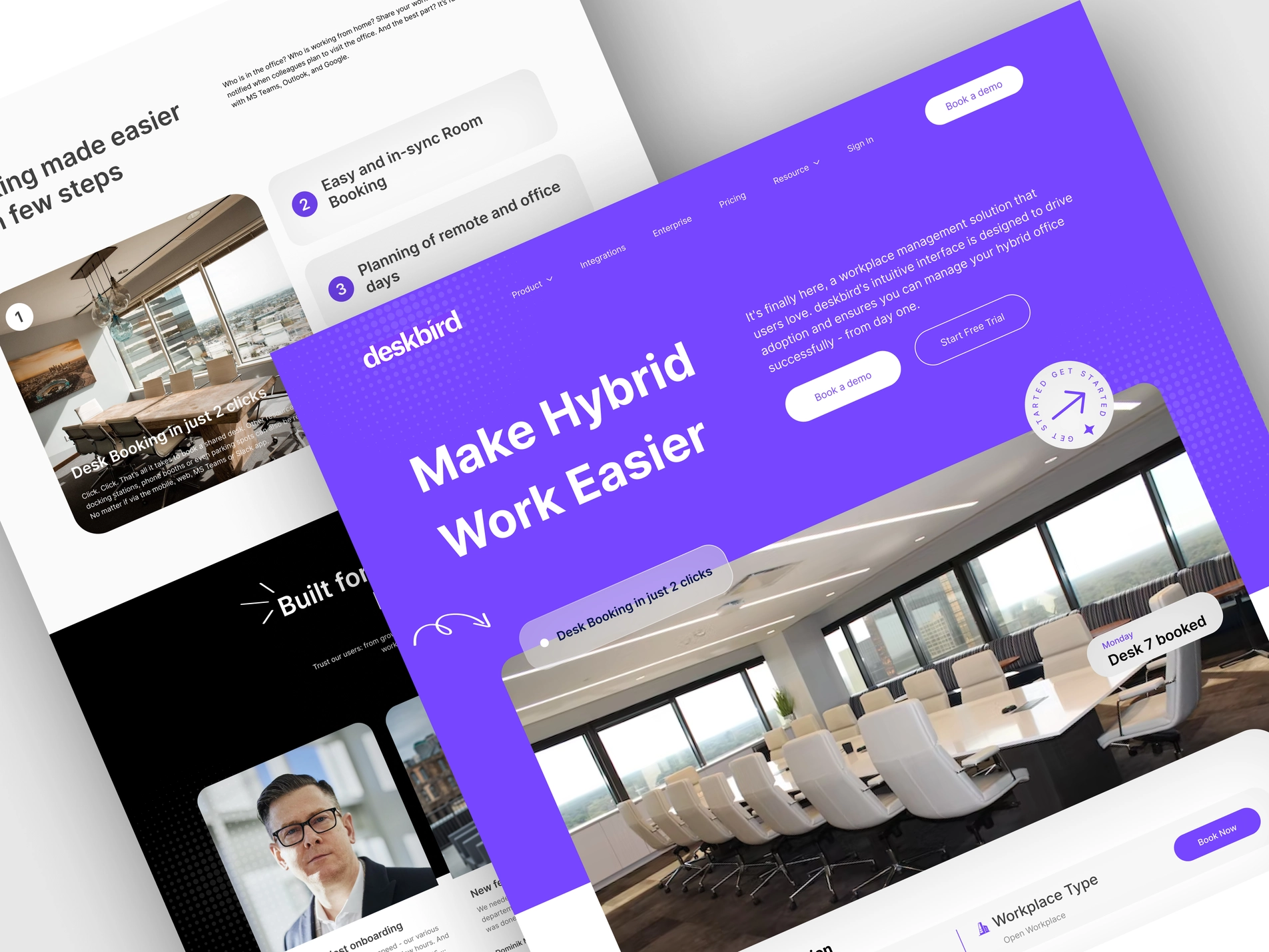Unleashing the Power of Web Development and Designing: A Comprehensive Guide
In the fast-evolving digital landscape, a robust online presence is indispensable for businesses and individuals alike. Web development and designing play a pivotal role in shaping the virtual identity of entities, making it imperative to stay ahead in the ever-changing realm of the internet. In this comprehensive guide, we delve into the intricacies of web development and designing, unraveling the key components that contribute to a successful online presence.
The Foundation: Understanding Web Development
What is Web Development?
Web development encompasses a spectrum of activities focused on building and maintaining websites. It involves the use of programming languages, frameworks, and tools to create the functionality and interactivity of a site. From simple static pages to complex dynamic web applications, web development forms the backbone of the digital world.
The Crucial Role of Coding
Coding is the language that speaks to computers, enabling them to execute commands and perform tasks. In web development, proficiency in languages like HTML, CSS, JavaScript, and more is paramount. Clean, efficient code not only ensures a seamless user experience but also contributes to better search engine visibility.
Responsive Design for a Seamless User Experience
In the era of diverse devices, responsive design has emerged as a necessity. Ensuring that websites adapt seamlessly to different screen sizes and resolutions is imperative for user satisfaction. Search engines, recognizing the importance of user experience, favor responsive websites in their rankings.
Crafting Aesthetics: The Art of Web Designing
The Marriage of Form and Function
Web designing is not just about creating visually appealing websites; it’s about marrying aesthetics with functionality. A well-designed website not only captivates visitors but also guides them through a seamless journey, encouraging interaction and conversions.
User-Centric Design Principles
User experience (UX) and user interface (UI) design principles form the crux of effective web designing. Prioritizing intuitive navigation, visually engaging layouts, and clear calls-to-action enhances user satisfaction, contributing to lower bounce rates and increased retention.
Optimizing Images and Multimedia Elements
The visual appeal of a website is significantly influenced by the quality and optimization of images and multimedia elements. Optimizing images not only ensures faster page loading but also positively impacts search engine rankings. Compressing images, utilizing appropriate file formats, and implementing lazy loading are essential practices for an optimized website.
Technical SEO: Elevating Your Web Presence
The SEO Landscape
In the vast digital ecosystem, visibility is key, and that’s where Search Engine Optimization (SEO) comes into play. A well-optimized website stands a better chance of ranking high in search engine results, driving organic traffic and fostering online success.
Keyword Research and Strategic Placement
Keyword research is the cornerstone of effective SEO. Understanding the terms your target audience uses to find relevant content allows you to strategically place these keywords in your website’s content, meta tags, and headers. This ensures that search engines recognize your website as a valuable source for specific topics.
Backlink Building: A Testament to Authority
Backlinks are akin to digital endorsements, signaling to search engines that your website is a credible and authoritative source. A robust backlink building strategy involves acquiring links from reputable websites, industry influencers, and relevant directories. Quality, not quantity, is the key to success in the world of backlinks.
Conclusion: Mastering the Digital Frontier
In the dynamic landscape of web development and designing, staying ahead requires a blend of technical prowess and creative flair. From writing impeccable code to designing visually stunning layouts and optimizing for search engines, every facet contributes to the overall success of a website.
If you want to read more information about how to boost traffic on your Website, just visit The Insider’s Views.









